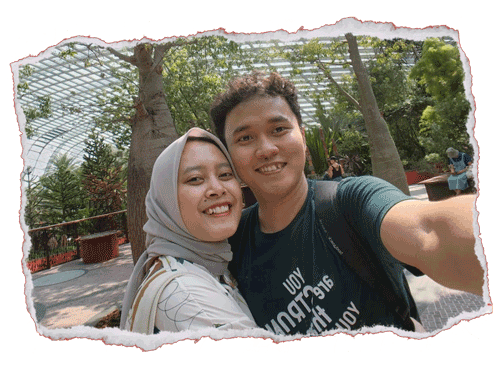During our twelve-day vacation in Japan, my husband and I explored six different cities, with Kyoto and Nara being two of them.
After a four-night stay in Tokyo, we took the Shinkansen to Kyoto, where we spent three days and two nights. Our journey also included a fun-filled visit to Nara before we continued on to Osaka.
It was a tiring yet incredibly exciting adventure! We're eager to relive this Japanese holiday. Wish us luck, friends! In this article, we're excited to share our travel experiences from Kyoto and Nara. Stay tuned!
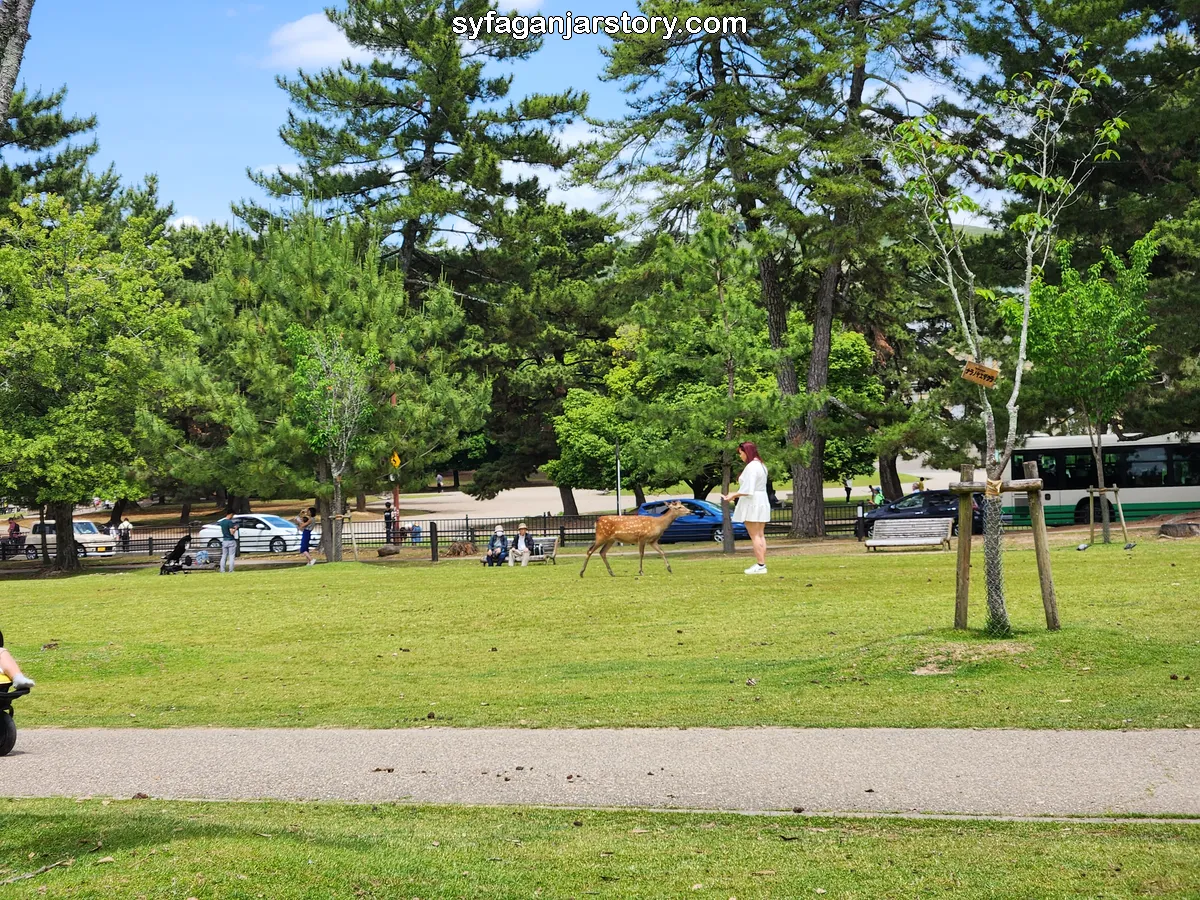
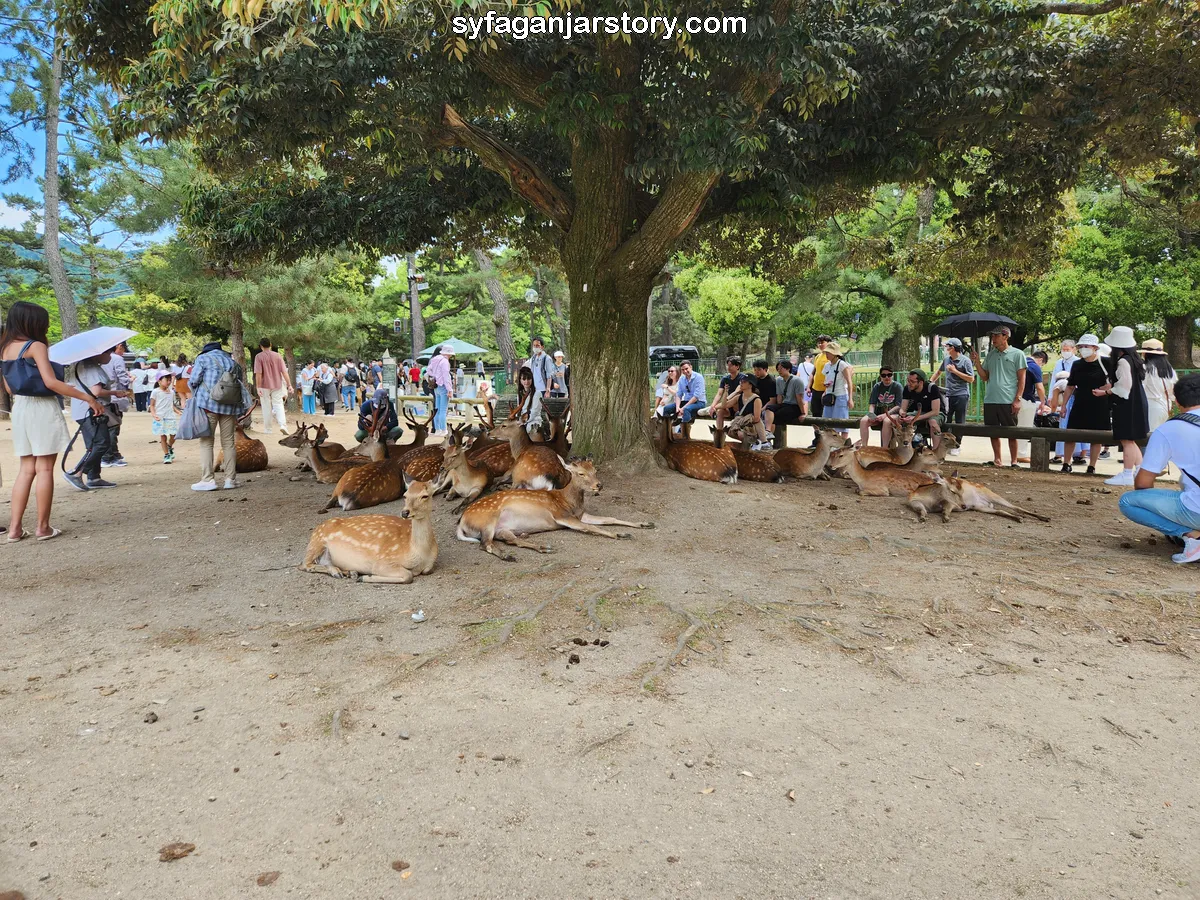
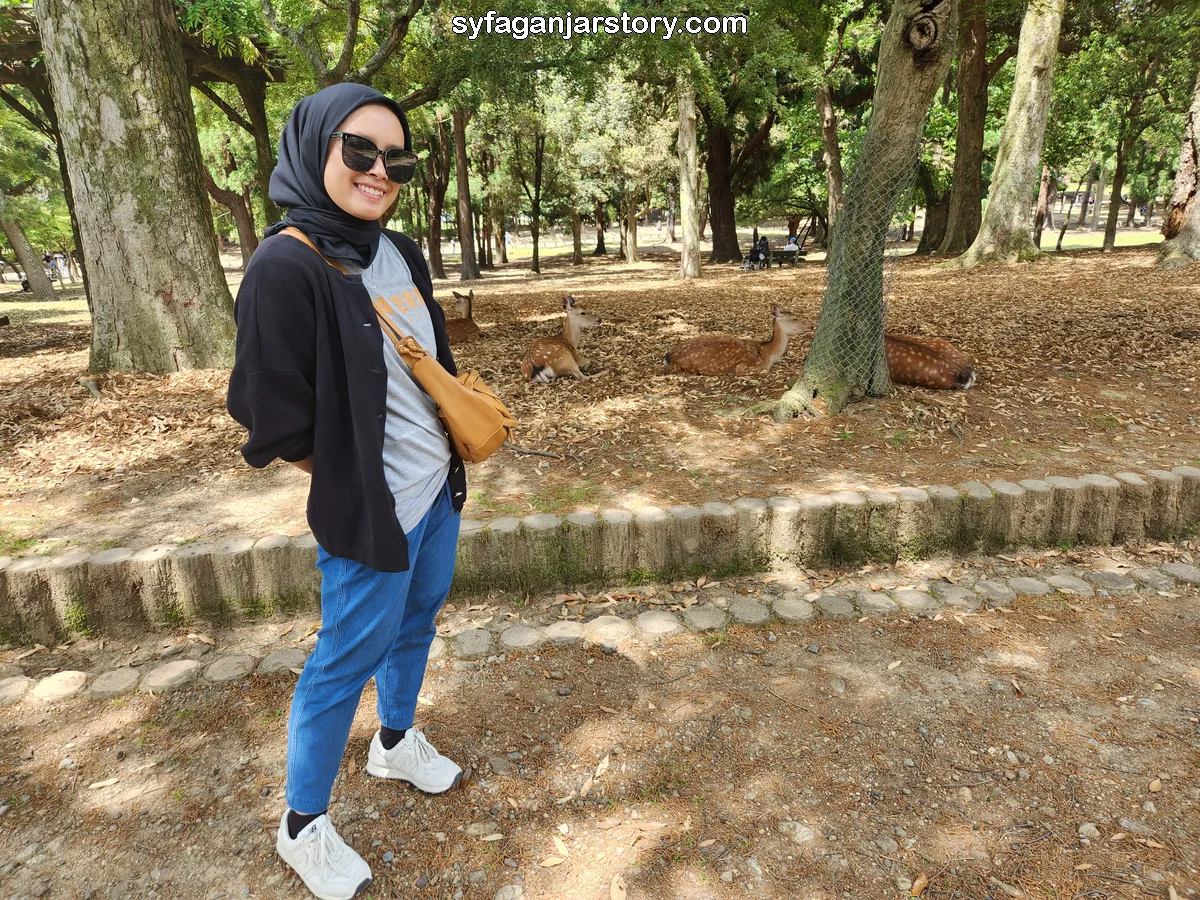
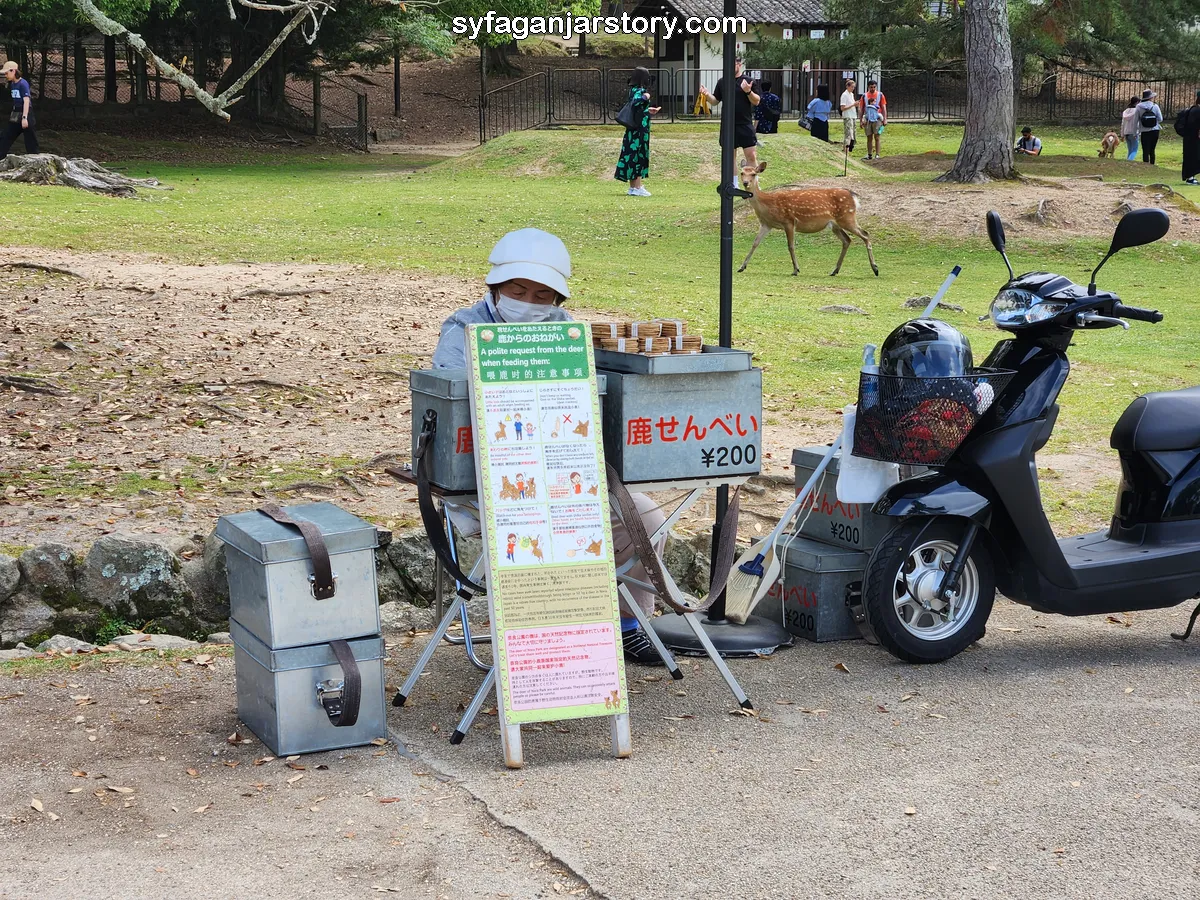
Our first stop was Nara Park, a beautiful open-air park located in Nara City, Japan. It was the third city we visited in the land of the cherry blossoms!
Established in 1880, Nara Park is one of Japan's oldest public parks. Renowned for its natural beauty and distinctiveness, the park is also famous for its hundreds of free-roaming deer.
These deer are revered as messengers of the gods and have become a symbol of Nara City. When people think of Nara, they often think of these deer.
Surrounding the park are numerous vendors selling special deer crackers. Both tourists and locals can purchase these to feed the deer.
What makes these deer even more special is their ability to bow to visitors, either as a gesture of thanks or a polite request for food. This interaction is truly one-of-a-kind!
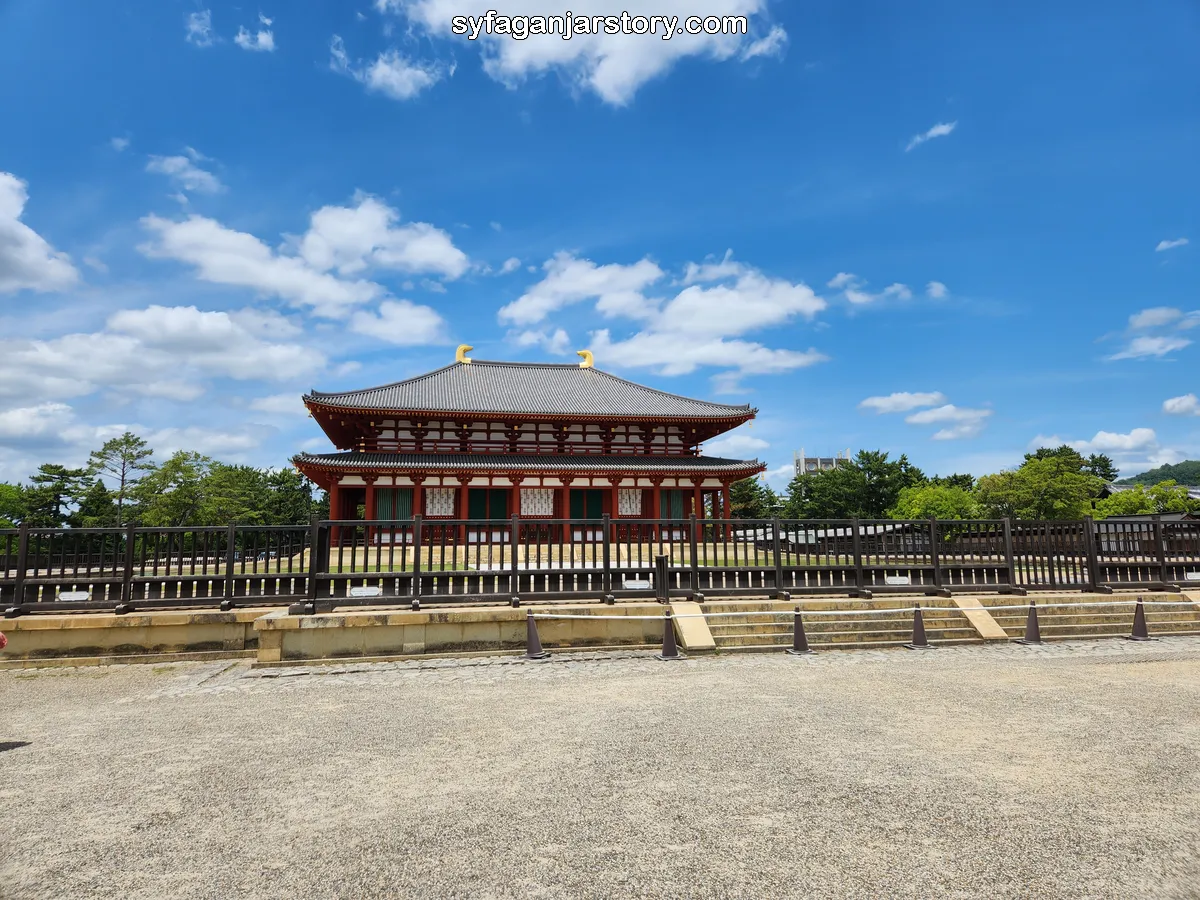
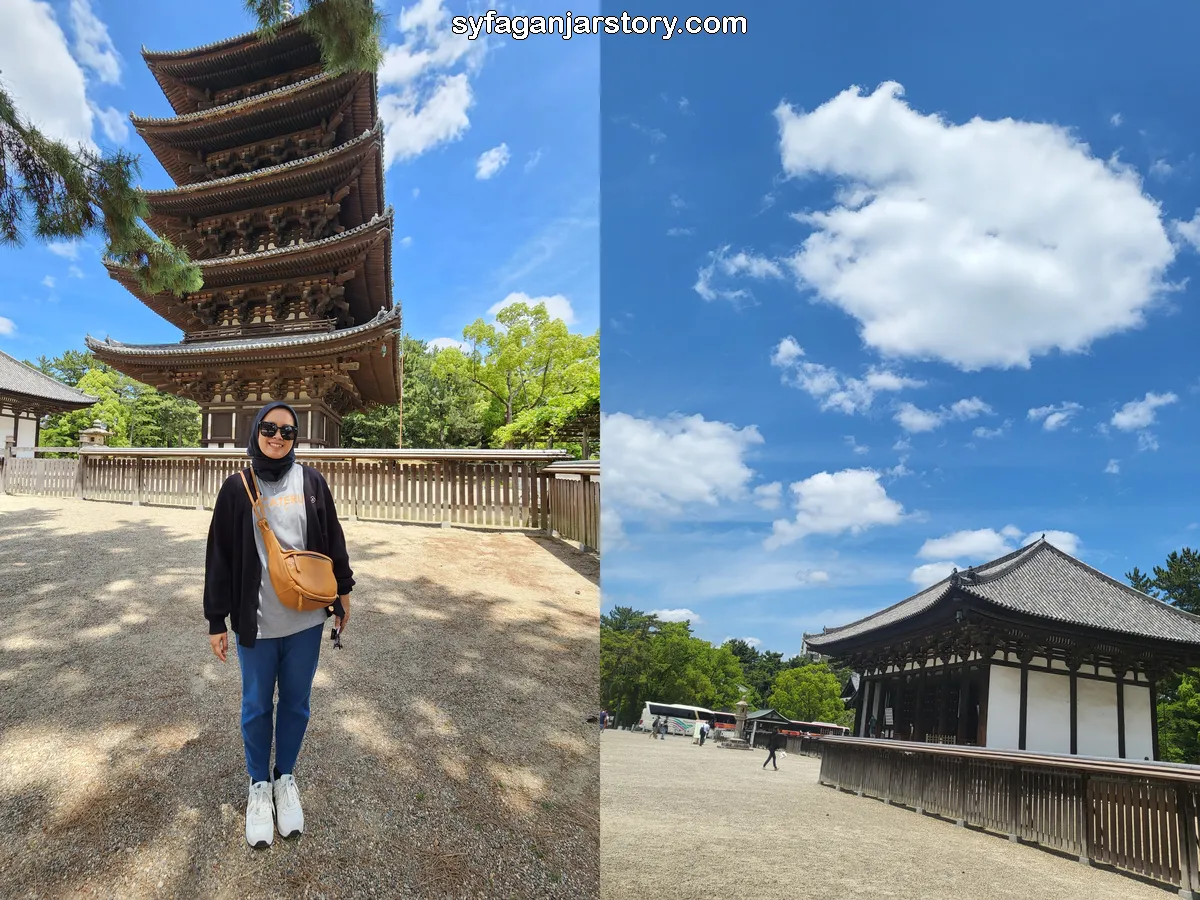
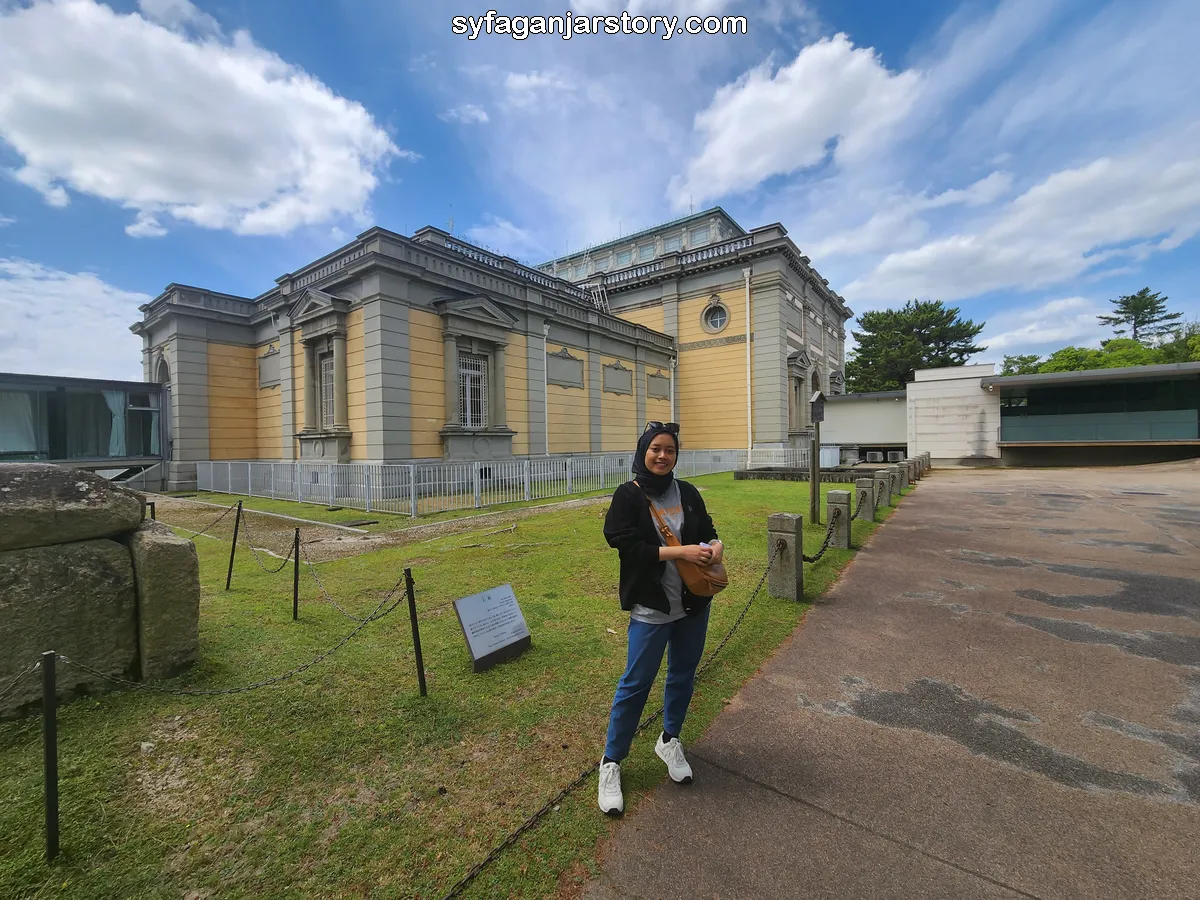
In addition to mingling with the deer, visitors have the opportunity to explore several temples and historical sites around Nara Park. These include Todai-ji, home to a massive Buddha statue, Kasuga-taisha, Kofukuji Temple, and the Nara National Museum.
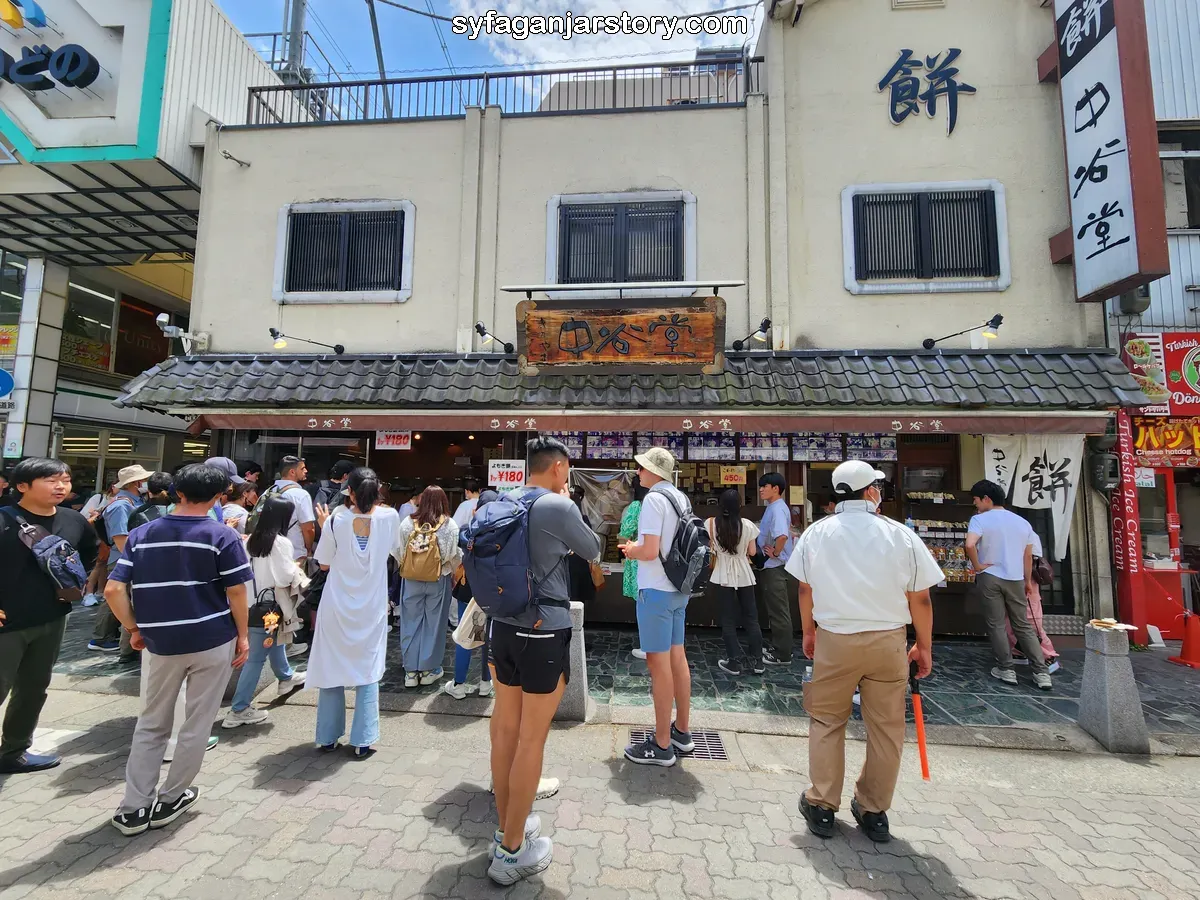
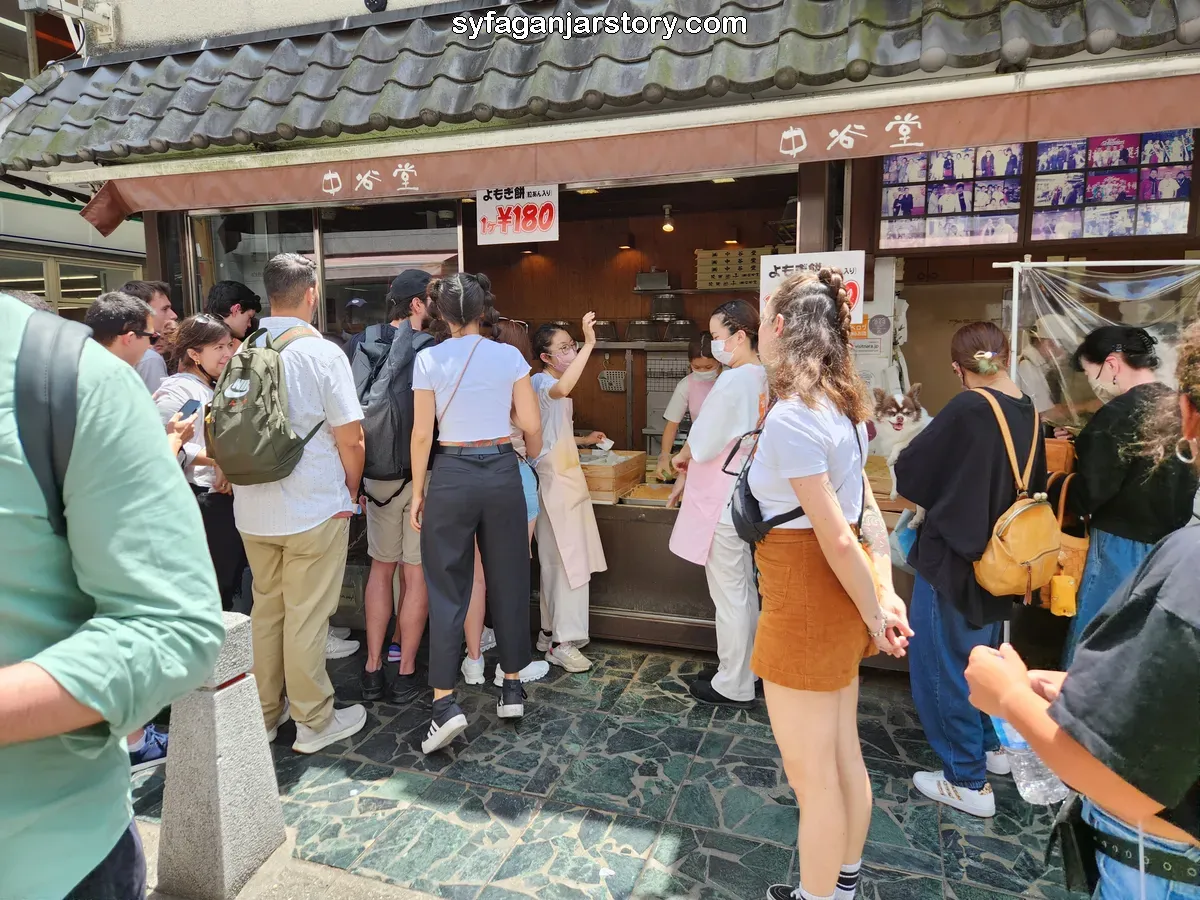
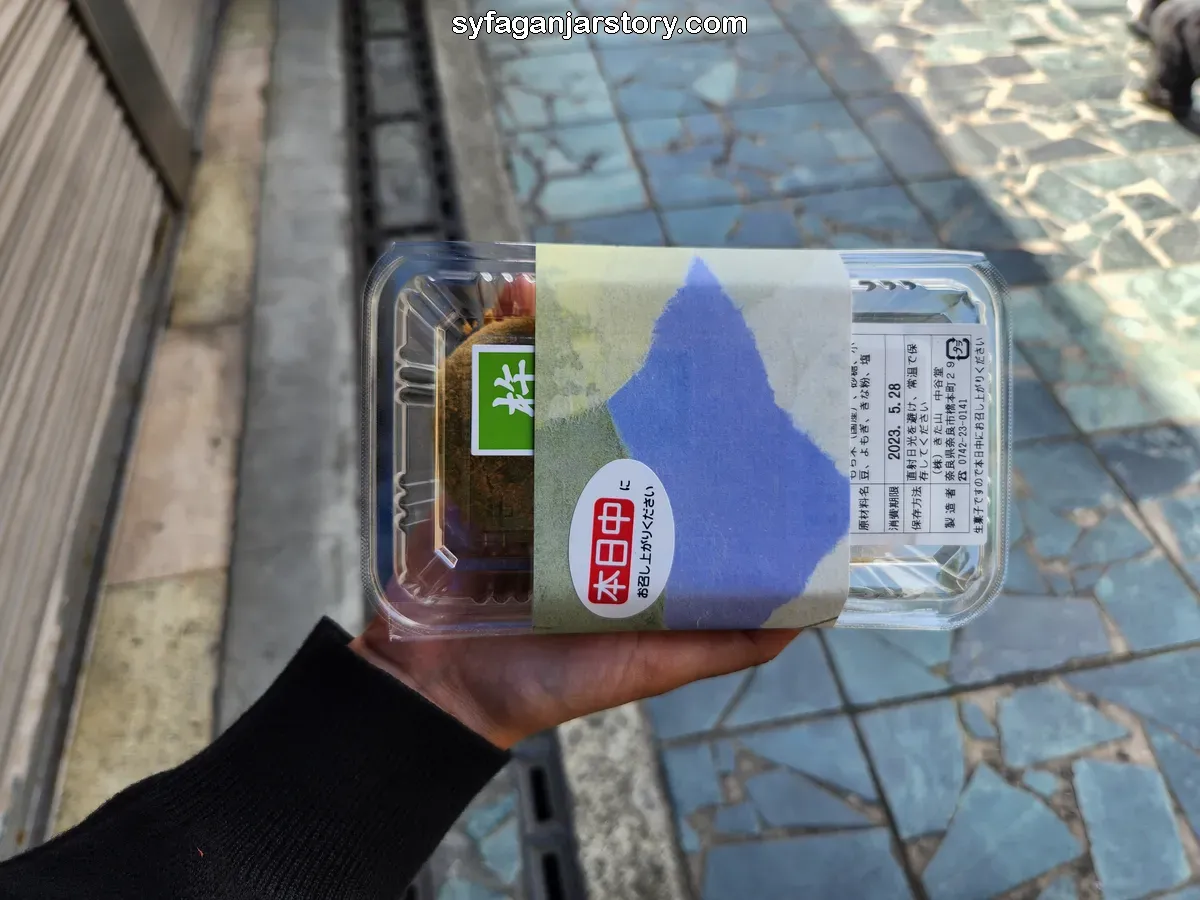
Continuing our adventure in Nara city, we had the opportunity to visit Nakatanidou. This establishment is renowned for its mochi, a treat celebrated for its delightful taste and the unique, rapid manner in which it's prepared.
The creation process, known as "mochi-tsuki," involves a traditional Japanese rice cake called mochi. Made from mochigome, a sticky glutinous rice, the mochi is steamed and then vigorously pounded until it achieves a soft, chewy texture.
What sets Nakatanidou apart is its dynamic and swift mochi-making "show." Here, the mochi artisans work in perfect sync, blending their pounding with rhythmic shouts and choreographed moves.
This lively performance draws crowds of spectators. Sadly, my husband and I had to watch from a distance, squeezed out by other eager tourists clamoring for a view. However, we were fortunate that there was no line to purchase the mochi, and the staff were incredibly efficient and skillful.
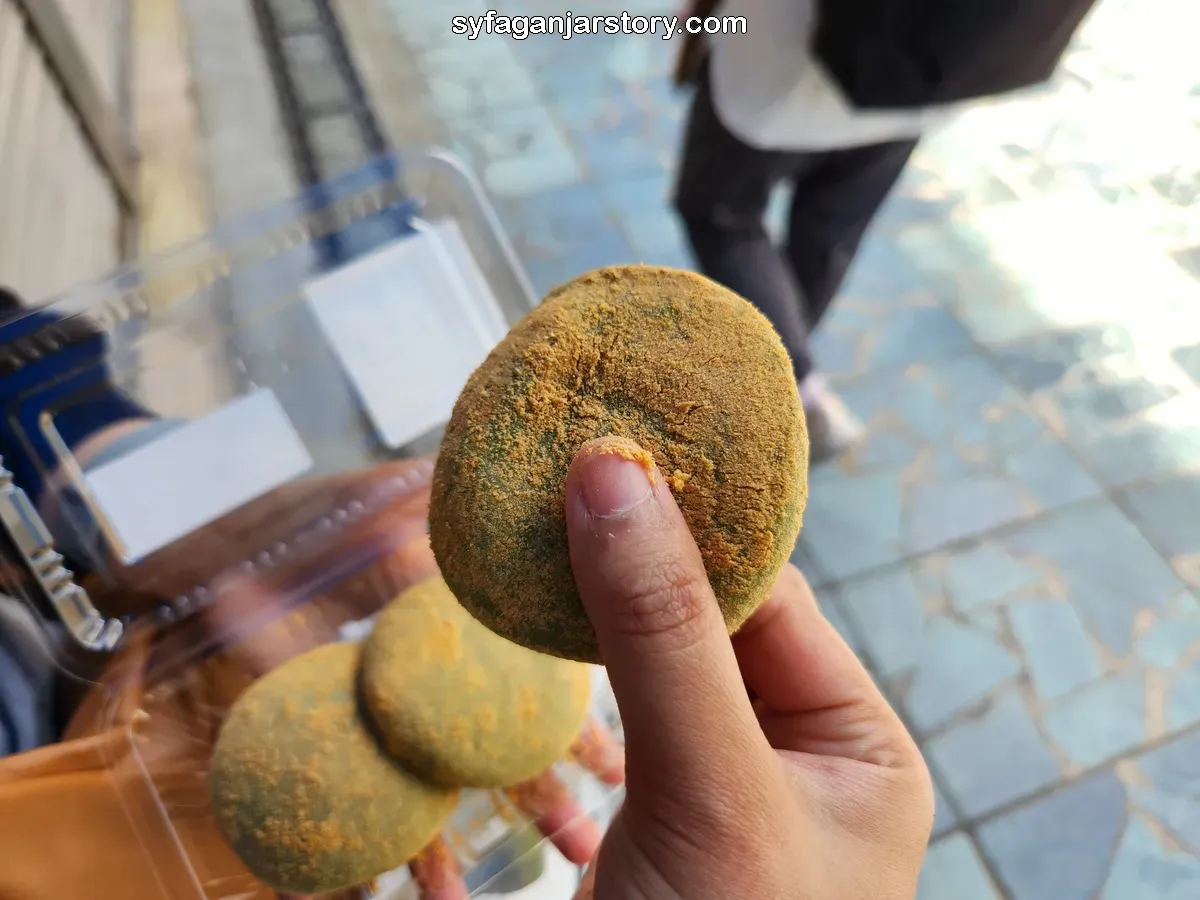
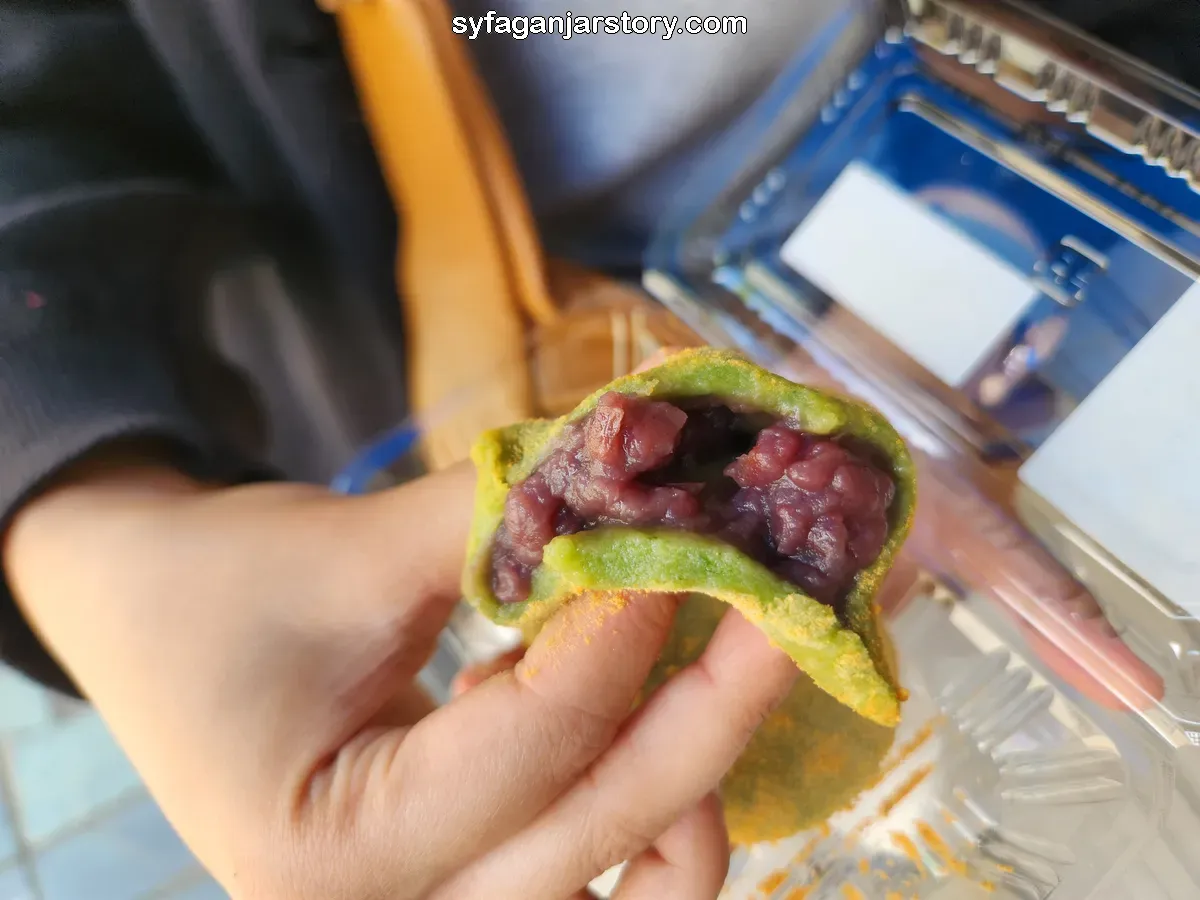
We tried their signature dish, Yomogi Mochi. This mochi incorporates Yomogi, a traditional Japanese herb, and is stuffed with a luscious red bean paste. The result is a delicious treat with a wonderfully soft texture. For anyone visiting Nara, Nakatanidou is a must-try!
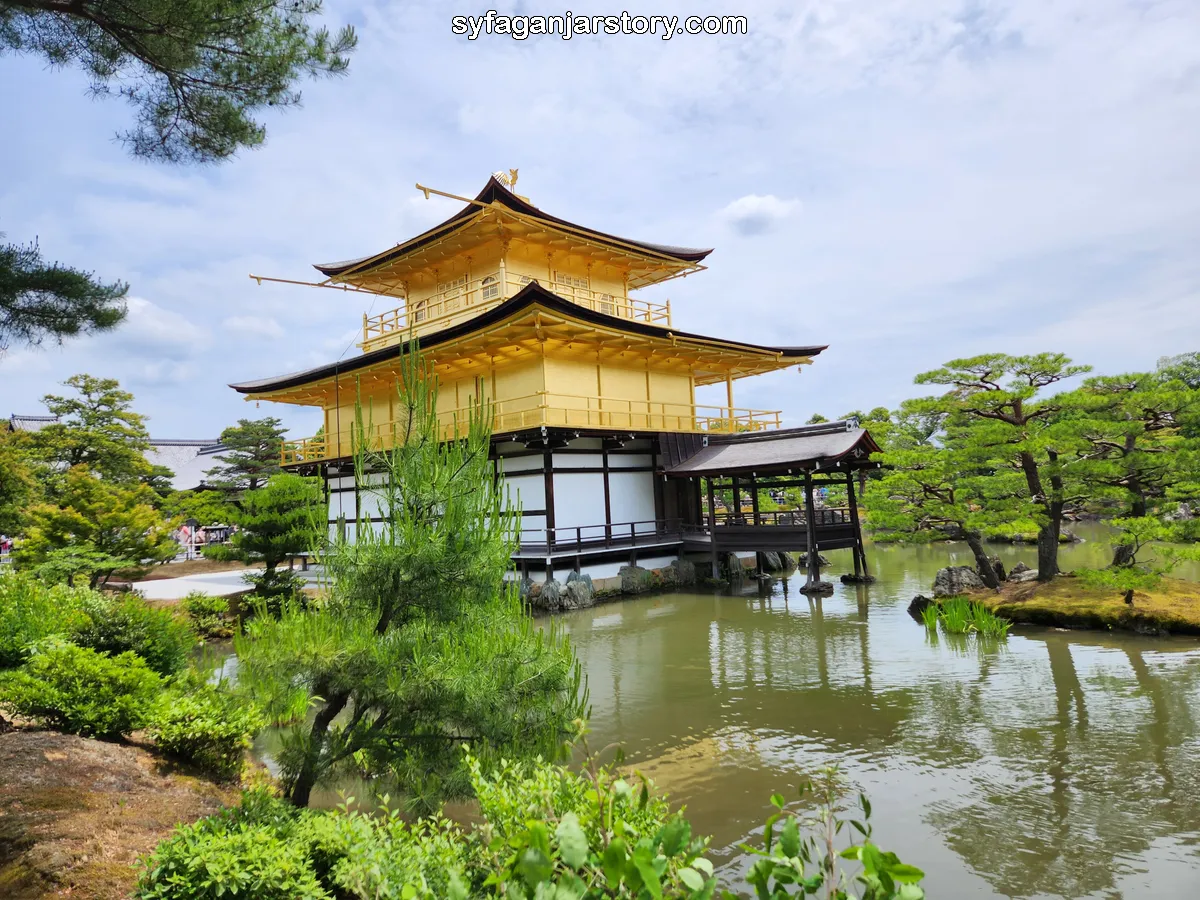
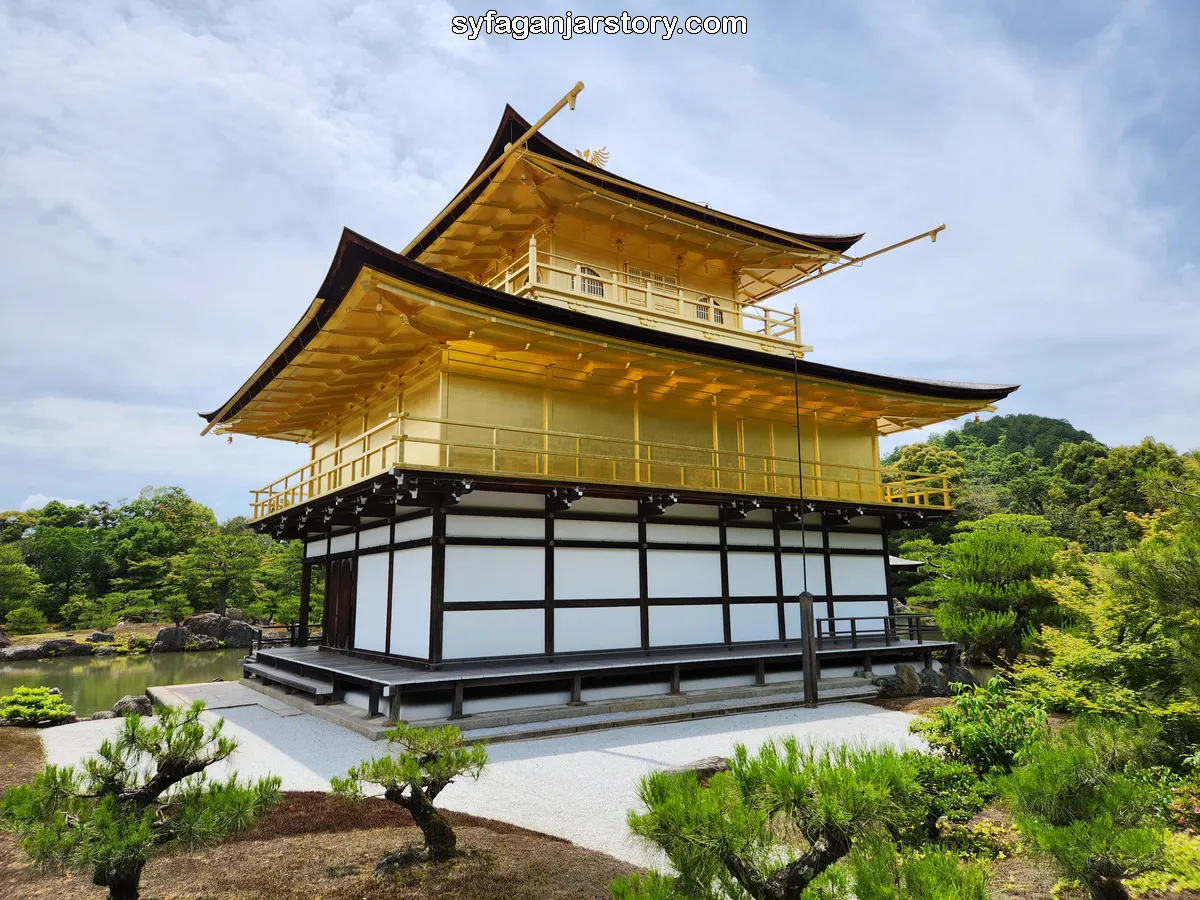
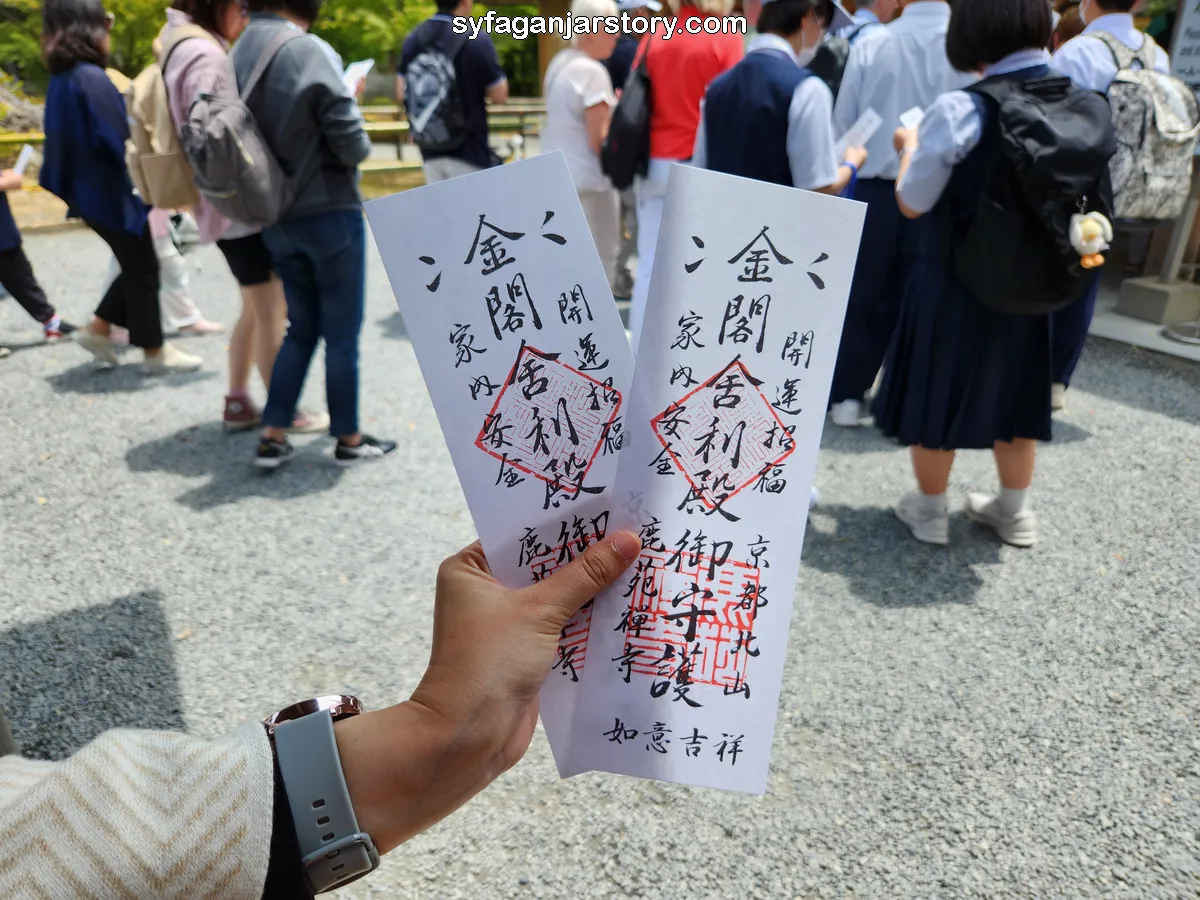
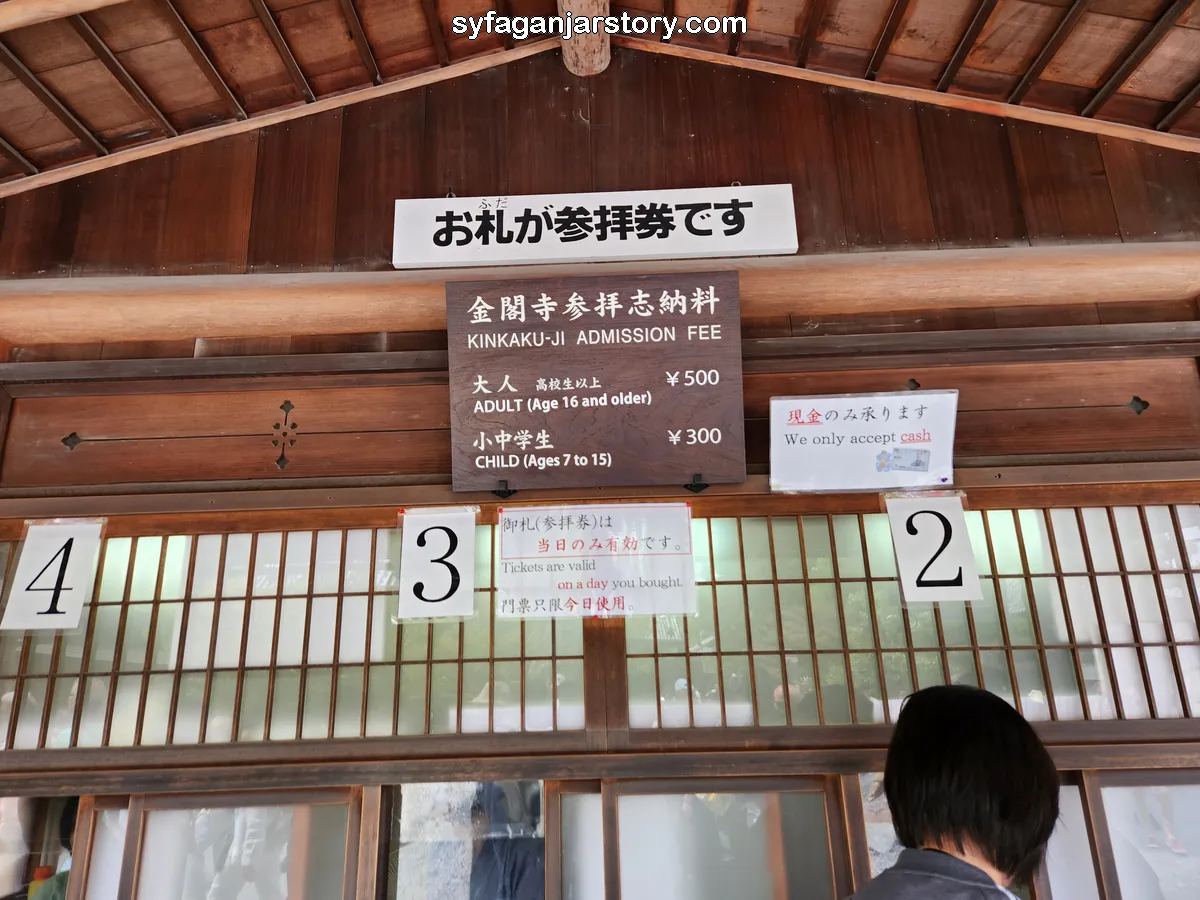
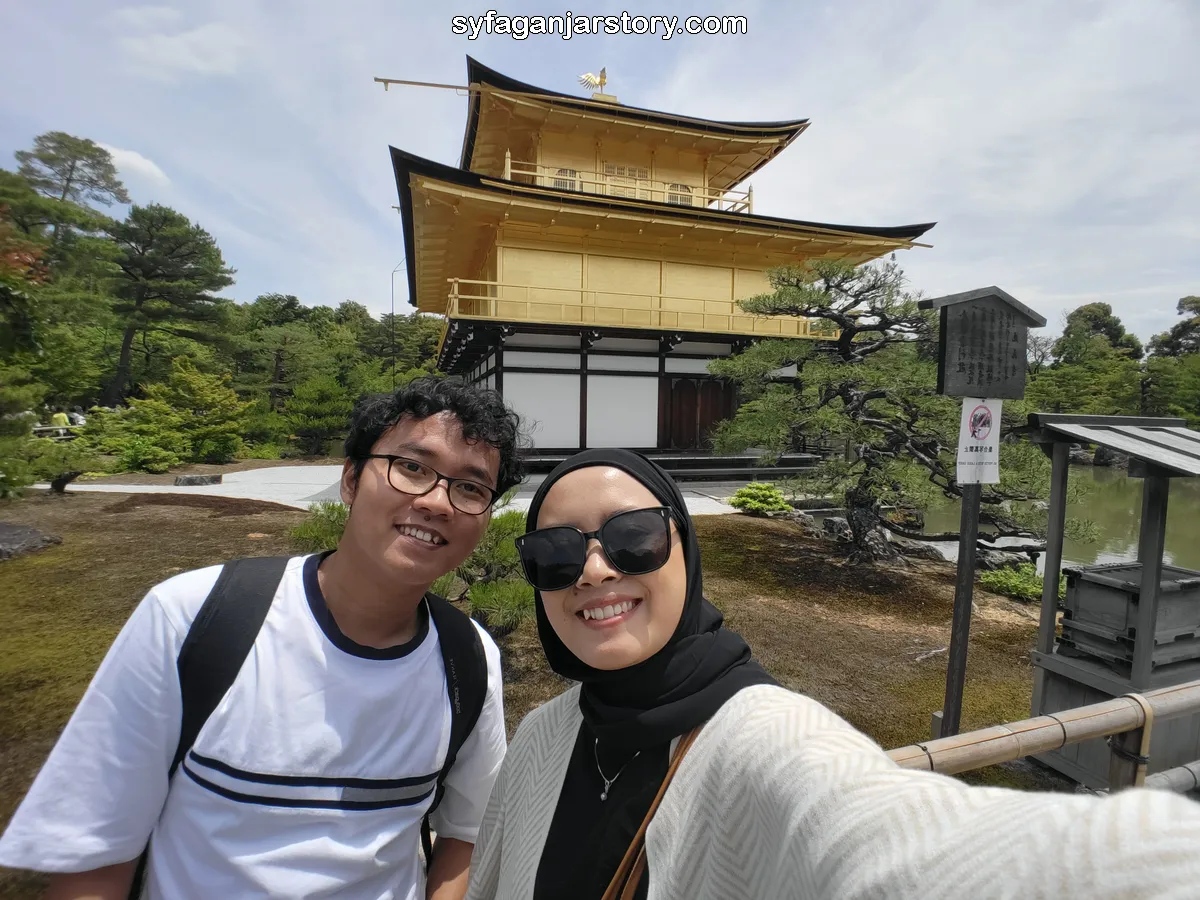
During our three-day stay in Kyoto, one of the highlights was our visit to Kinkaku-Ji, a renowned temple that attracts many tourists.
Known as the Golden Pavilion, Kinkaku-Ji is a Zen temple situated in the northern part of Kyoto. It's especially famous for its top two floors, which are adorned in gold leaf. Also referred to as Rokuonji, the temple was originally built as a retirement villa for Shogun Ashikaga Yoshimitsu.
The architectural design of Kinkaku-ji is a remarkable fusion of various styles. The first floor showcases the classic Japanese palace style, the second floor is inspired by the samurai aesthetic, and the third floor is designed in the Zen Buddhist style.
Entry to the temple costs 500 yen. Upon payment, visitors receive a ticket and a brochure filled with information and history about Kinkaku-Ji's origins.
The visit here was truly memorable. The temple grounds are designed as a one-way path, ensuring a smooth flow for visitors to fully appreciate the site from beginning to end.
The path winds around the temple, leading through historic gardens that retain their original design from the Yoshimitsu era. Within these gardens lies the Anmintaku Pond, famed for never drying up, and several statues where visitors can toss coins for good luck. We had the opportunity to participate in this tradition as well!
Moreover, the view here is spectacular. The experience is even more enchanting during spring or autumn. Concluding our visit, my husband and I explored the souvenir shops located around the Kinkaku-Ji area.
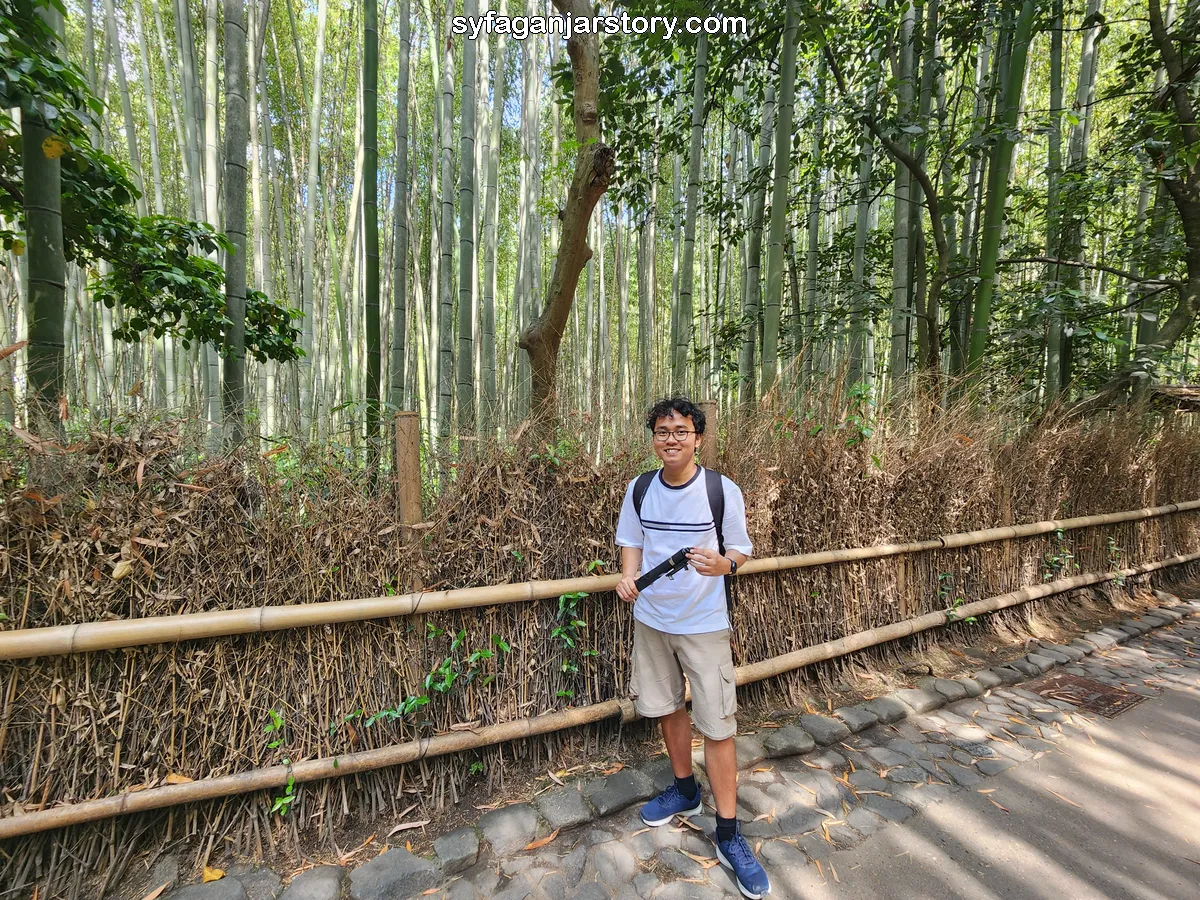
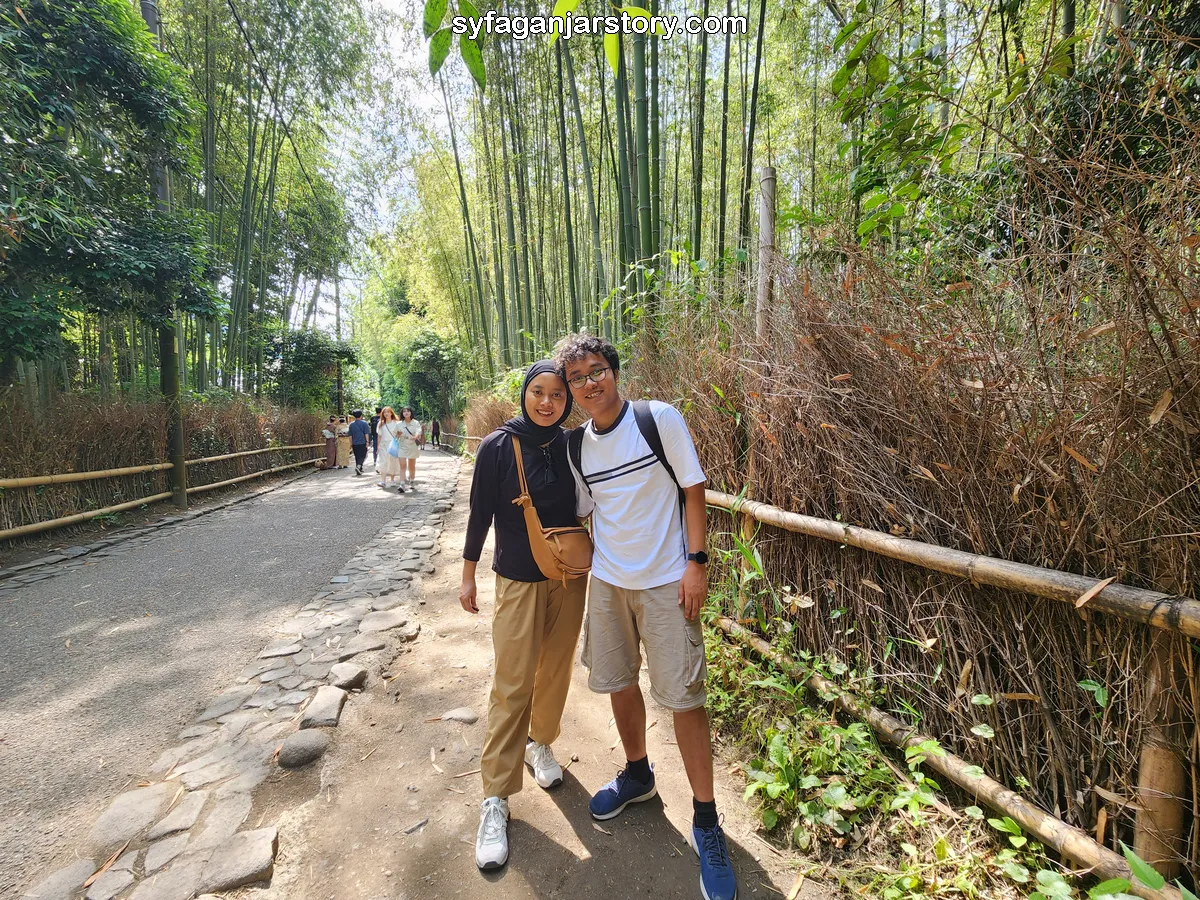
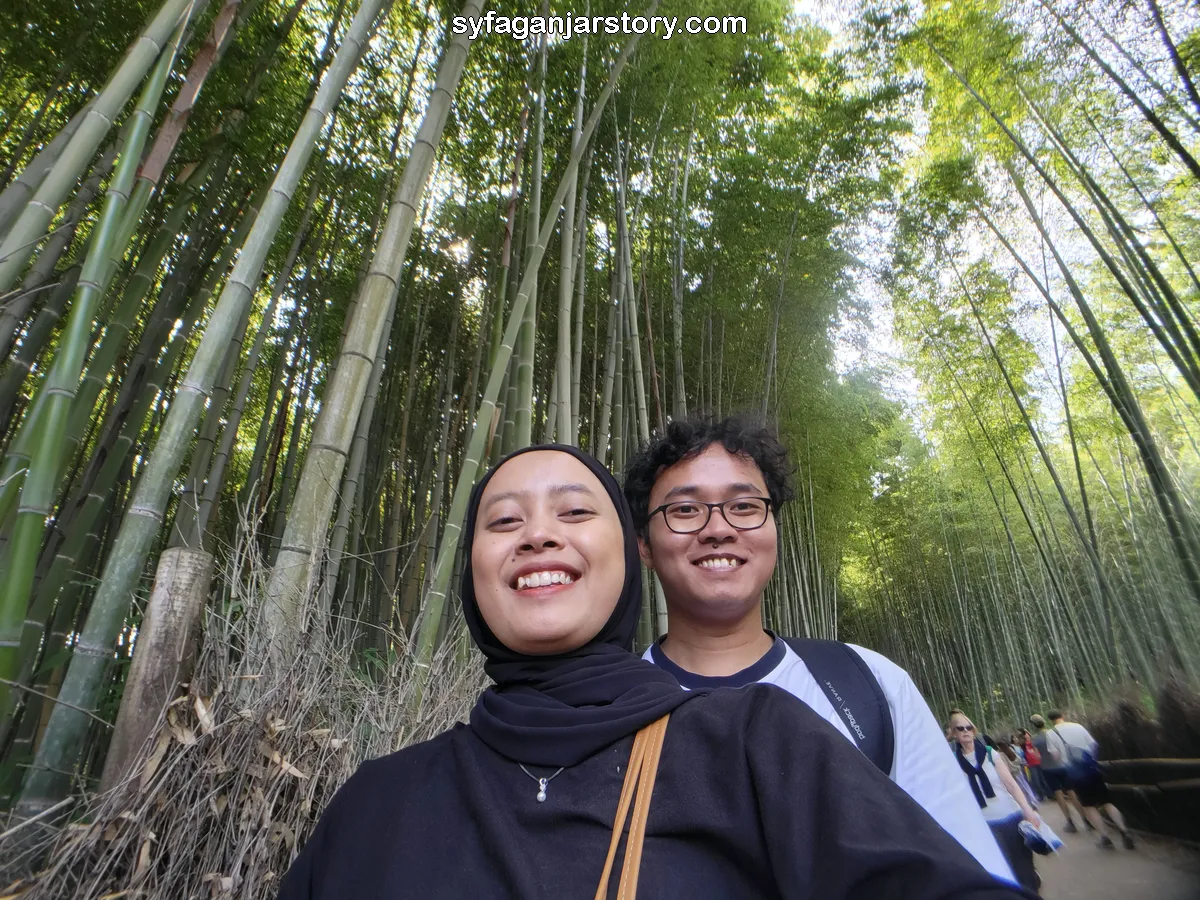
Following our visit to Kinkaku-Ji, we headed to the Arashiyama Bamboo Forest. Also known as Sagano Bamboo Forest, this natural wonder is situated in Arashiyama, a district in Kyoto, Japan. Dominated by Moso bamboo, the forest is home to towering bamboos that can reach up to 30 meters in height.
Stretching approximately 2 kilometers in length and about 80 meters across, the Arashiyama bamboo forest is a popular destination for both local and international tourists. Visitors can leisurely walk along the pathways that meander through the forest.
Feel free to capture the beauty of the forest with your camera, but remember to be considerate of other visitors. A useful tip for those planning a visit: it's best to come in the morning. Afternoons can get quite warm and the forest tends to be more crowded. If you find yourself in Kyoto, this forest is a must-visit, and it's free of charge too!
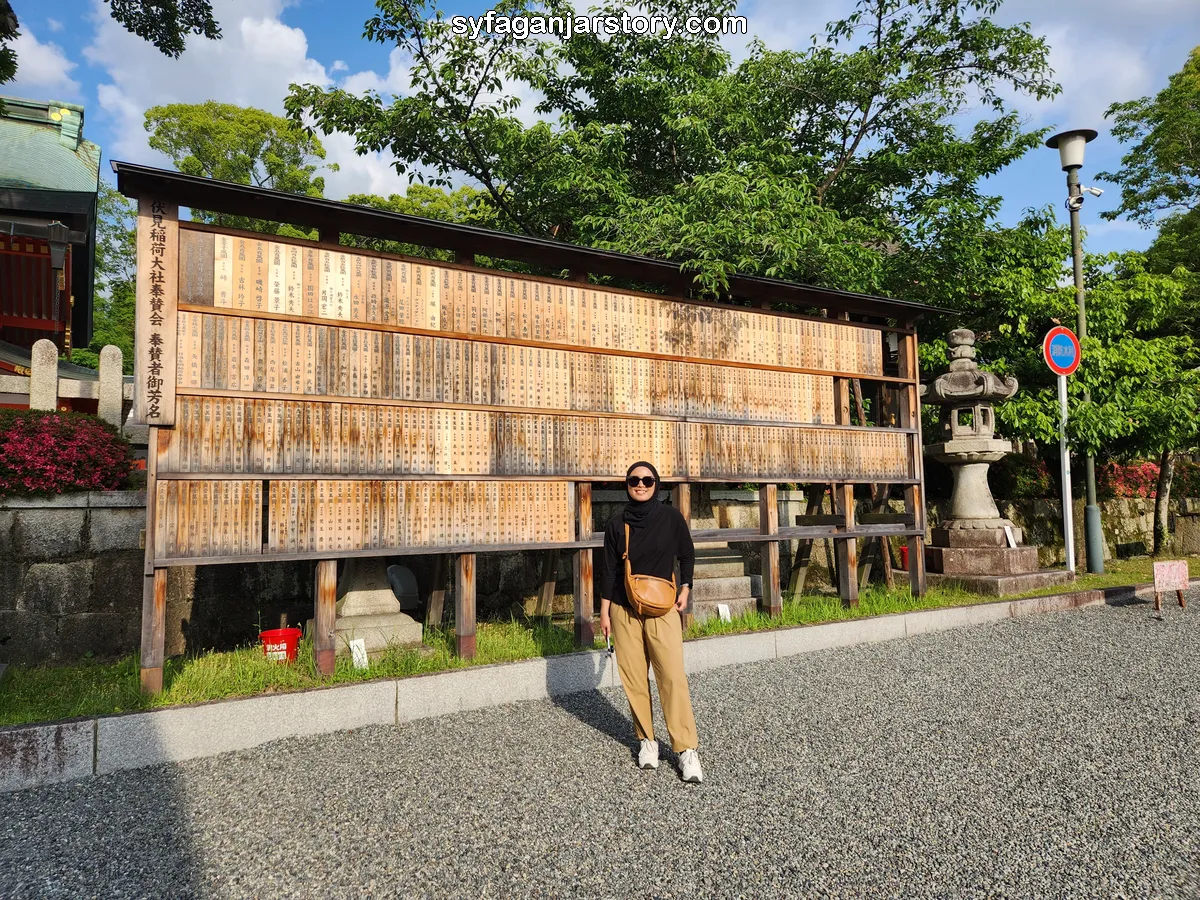
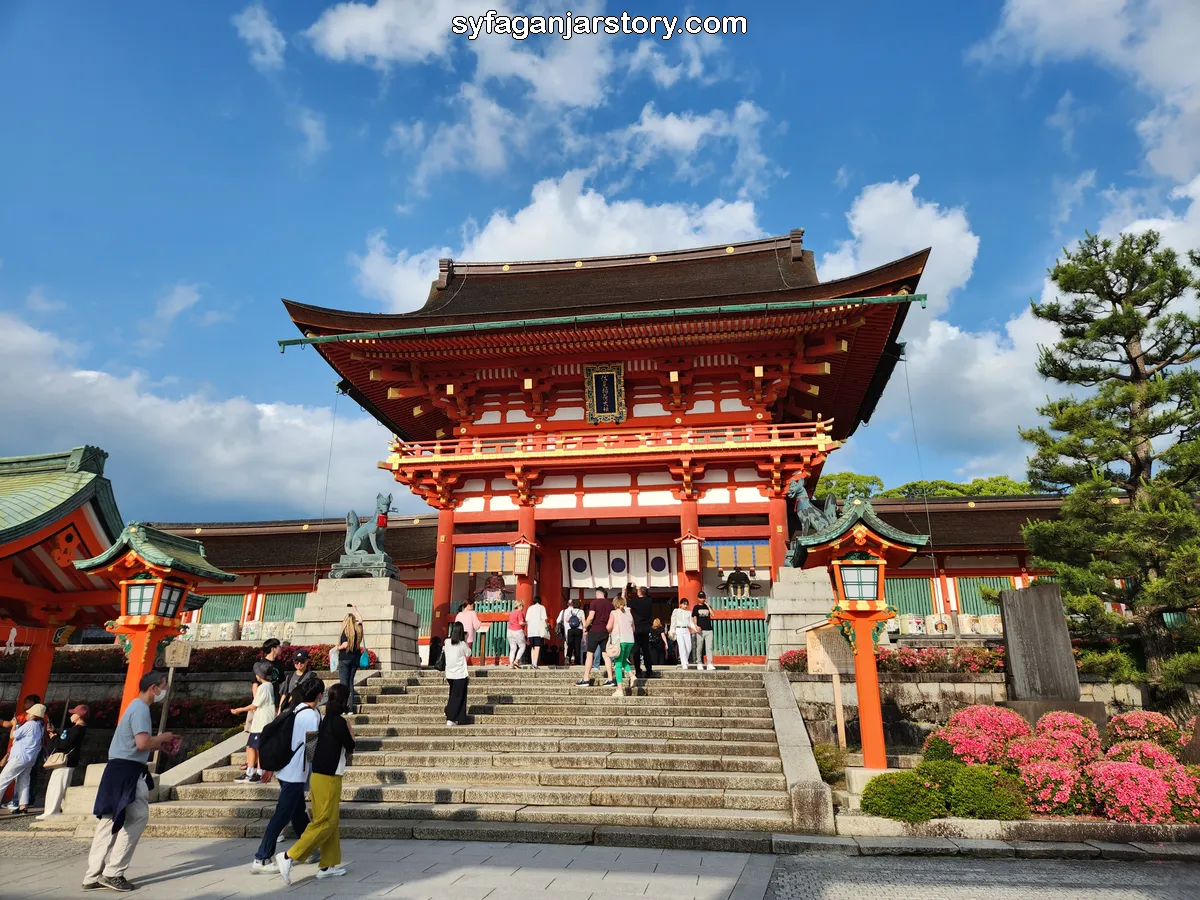
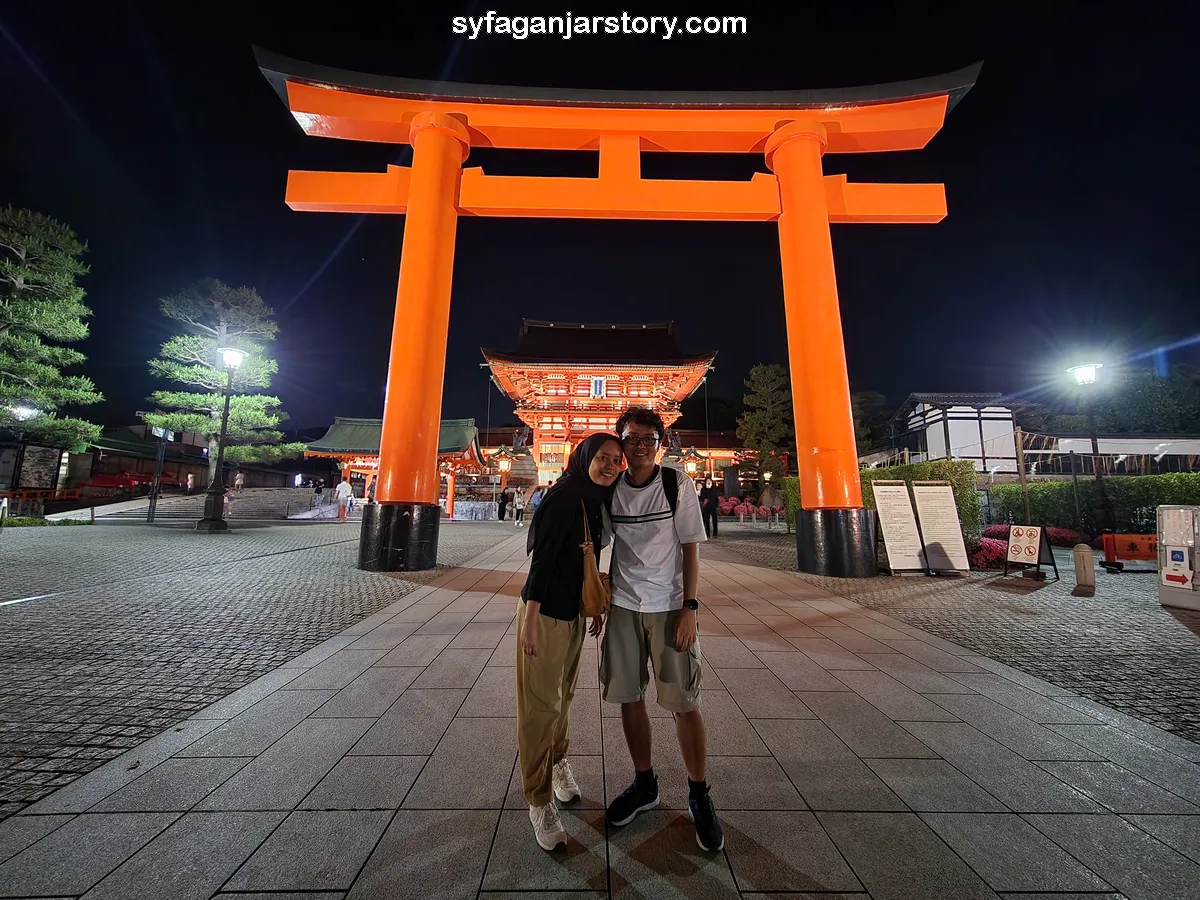
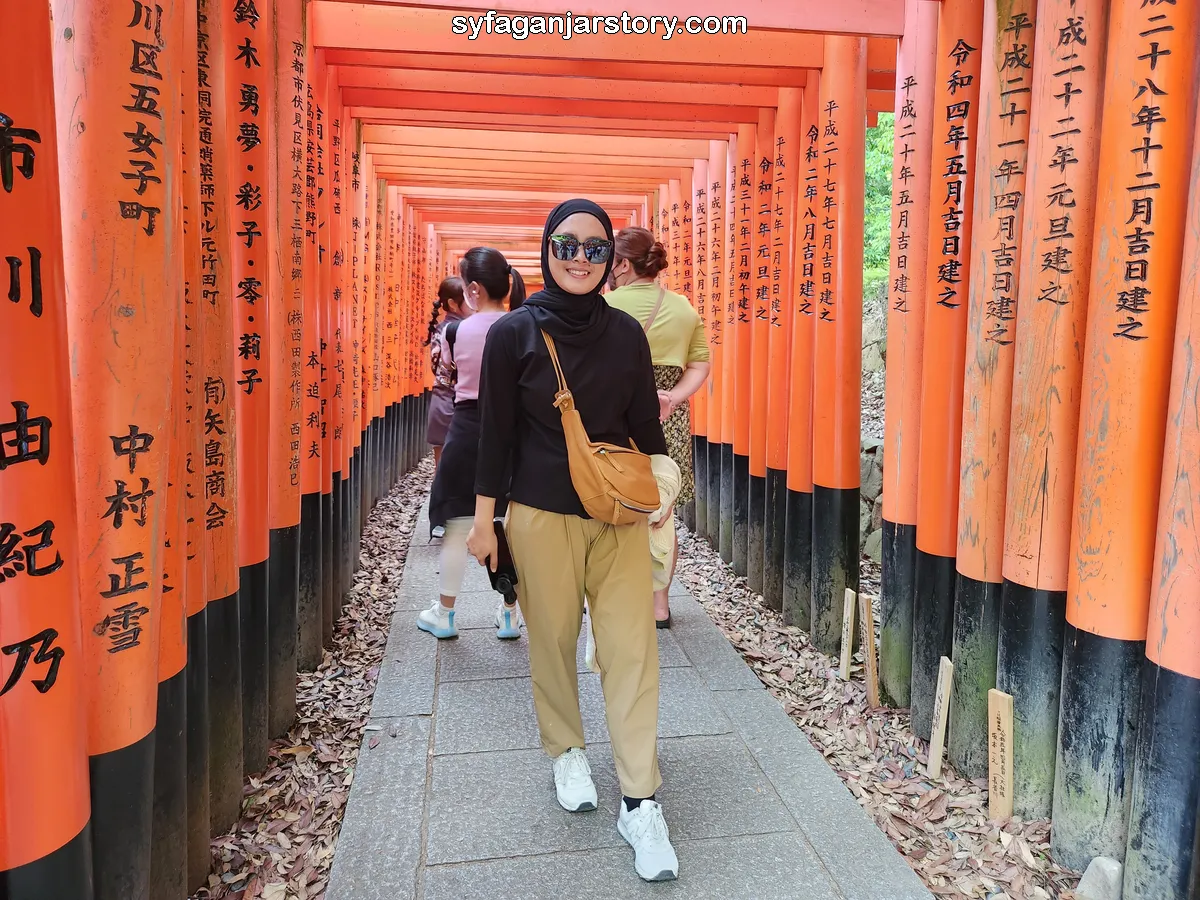
During our stay in Kyoto, we made sure to visit the renowned Fushimi Inari Taisha, one of Japan's most iconic Shinto shrines.
This shrine is dedicated to Inari, the deity of rice, fertility, success, and prosperity, and is celebrated worldwide for its thousands of vibrant red and orange torii gates.
Known as Senbon Torii, which translates to "thousands of torii gates," these structures are typically donated by individuals or businesses. They create an impressive tunnel-like effect along the mountain path leading to the shrine.
Spanning about 4 kilometers, the path takes approximately 2-3 hours to traverse completely. It's important to note that Fushimi Inari can become quite crowded, making it a challenge to take photos. This shrine is not only a sacred place of worship but also a major attraction for both local and international visitors.
Fortunately, our apartment was located very close to Fushimi Inari, allowing us the flexibility to visit both during the day and night for photography.
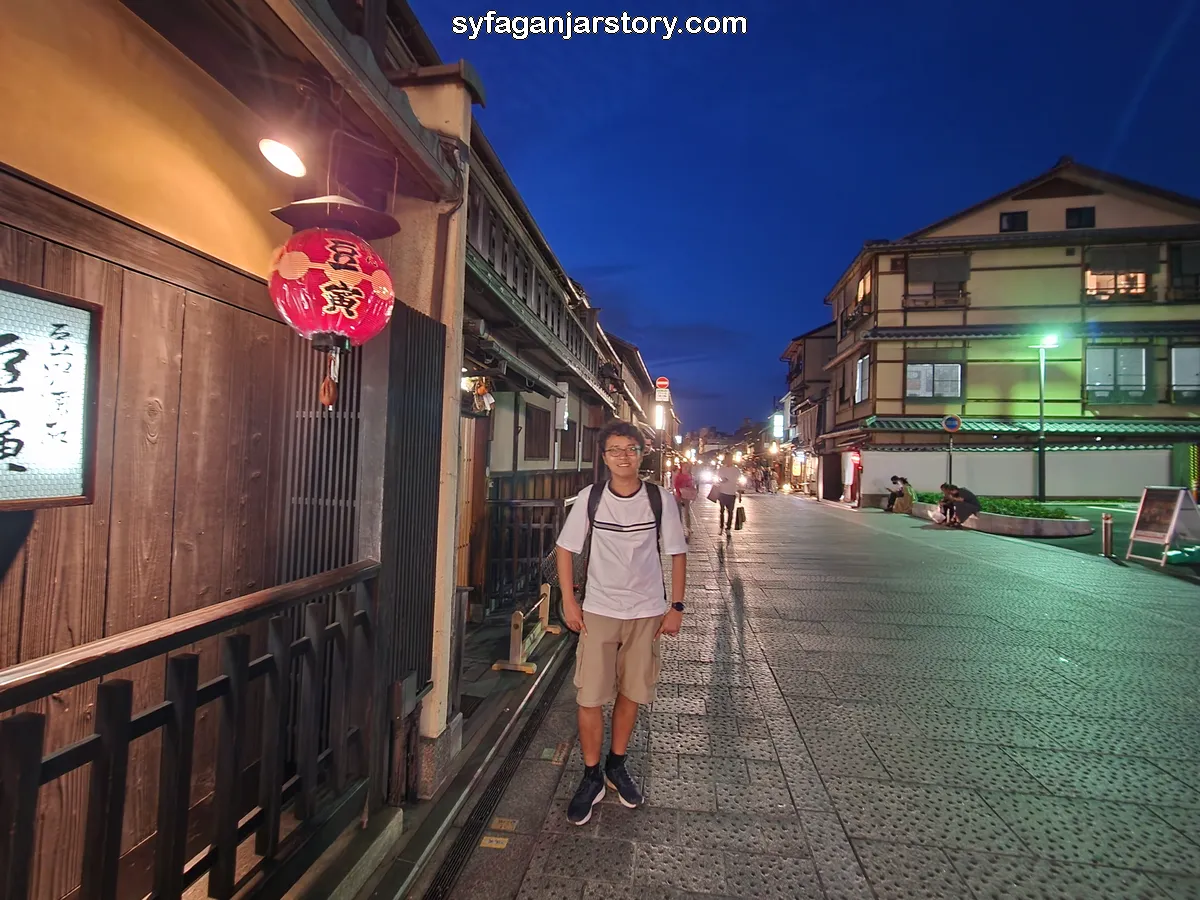
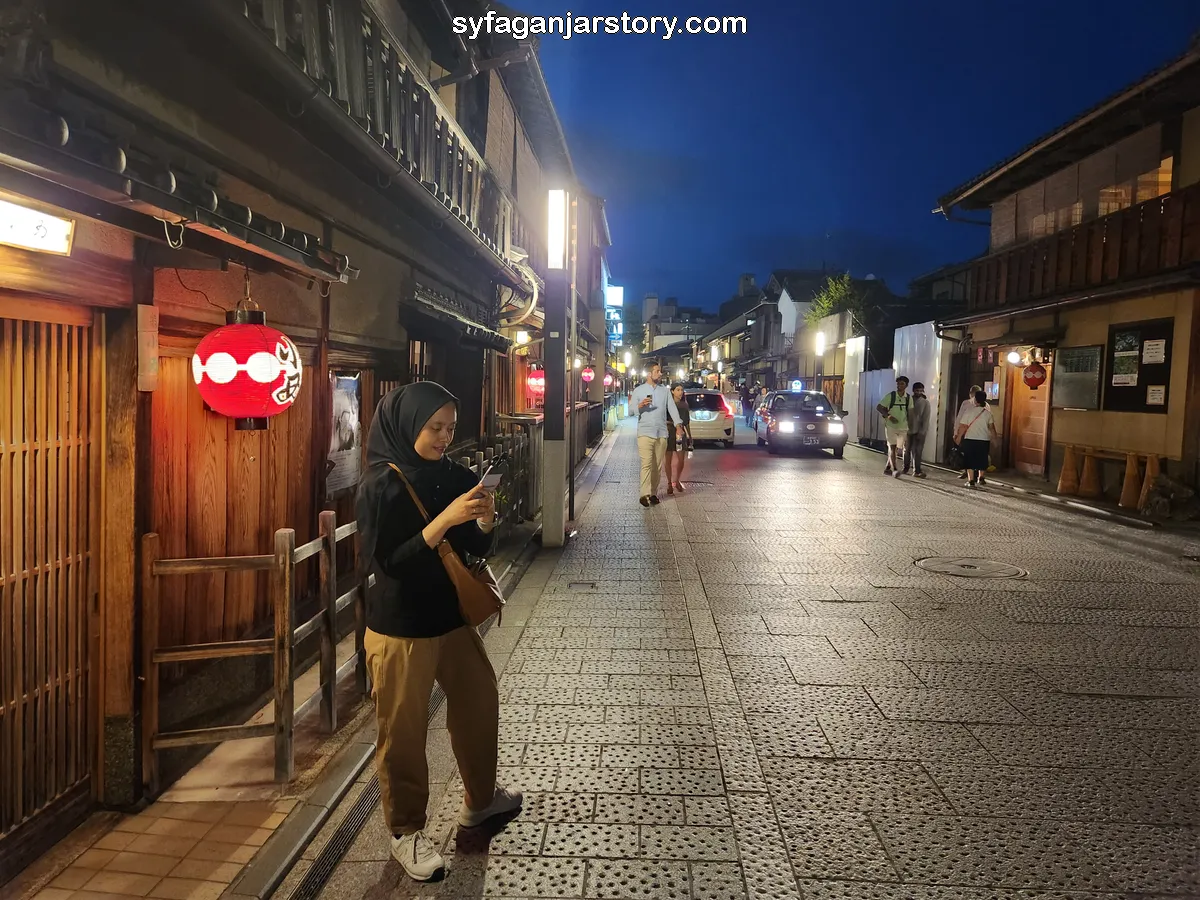
Our next adventure led us to a nighttime stroll in Gion, a district in Kyoto, Japan, renowned as the geisha district. Situated along Shijo Street, this area stretches from Yasaka Shrine in the east to the Kamo River in the west.
Gion has been a hub of culture and entertainment in Kyoto for centuries. Originating in the 17th century, it developed as a residential area for geishas.
These practitioners of traditional arts are trained in classical dance, music, and various games, and are often recognized by their exquisite kimonos and distinctive makeup. Although our visit was more about sightseeing, we were not specifically there to watch geishas.
A defining feature of Gion is its architecture. The district's streets are adorned with machiya, traditional wooden houses that serve various purposes such as restaurants, tea houses, and residences.
The nighttime ambiance in Gion is particularly enchanting. As we wandered through the streets at night, the area transformed with the glow of lanterns adorning the buildings, creating a wholly different and mesmerizing atmosphere!
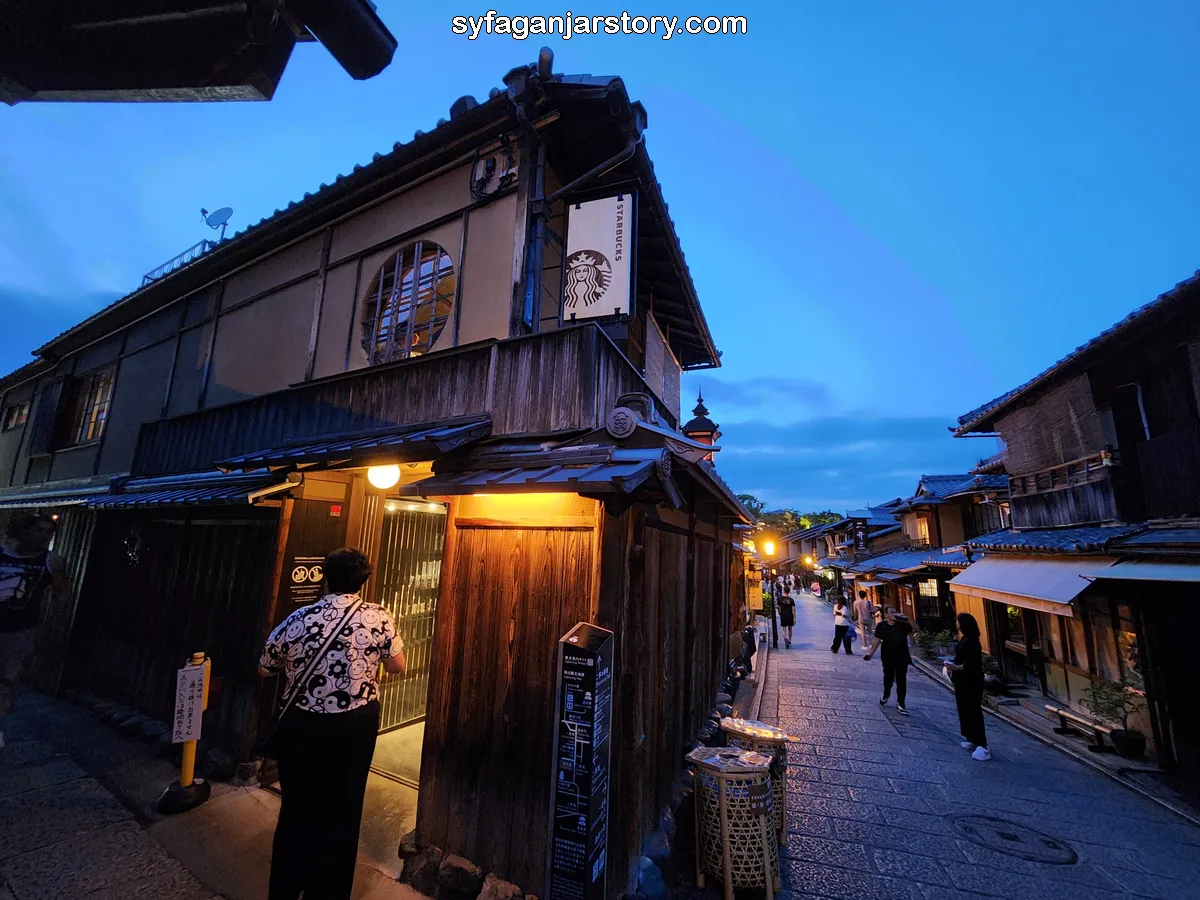
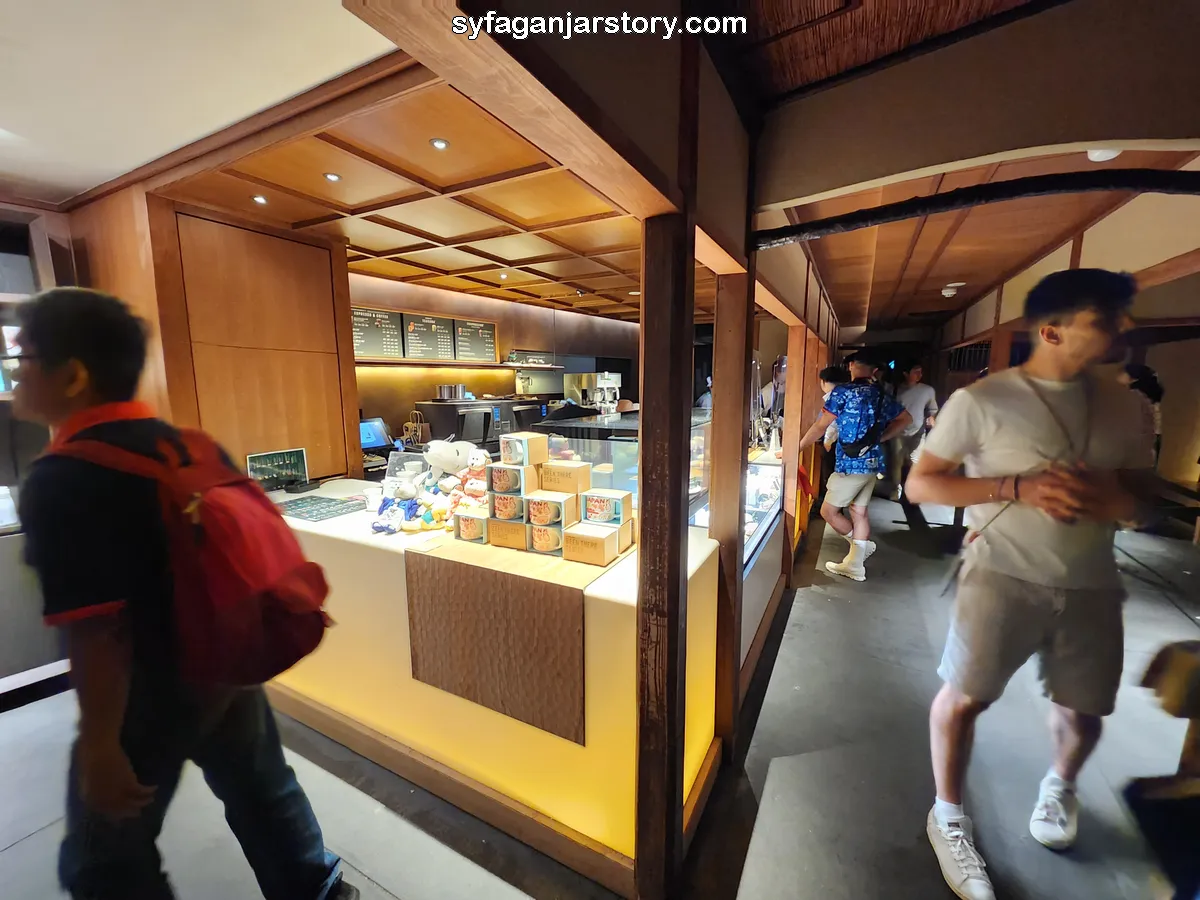
Our journey also brought us to Starbucks Tatami in Ninenzaka, a Starbucks unlike any other with its traditional Japanese mat seating.
This unique Starbucks, nestled in one of Kyoto's most famous traditional streets, opened its doors on June 30, 2017, making history as the first Starbucks in the world to feature a tatami floor.
The establishment is housed in a century-old Japanese building, constructed in the traditional "daibeizukuri" style, characterized by a wall that separates the structure from the street.
As visitors enter, they are welcomed by Japanese noren curtains, leading to an espresso bar counter set in a serene inner garden. Further down the hallway, baristas await at the end of the counter to greet customers.
Unfortunately, due to the popularity of this location, my husband and I were only able to step inside for a brief tour. The café was bustling with people, leaving no room for us to purchase anything or linger.
However, we were fortunate enough to capture some beautiful photos, especially during our afternoon and evening visits. The Ninenzaka Street, a picturesque walkway linking Kiyomizudera Temple and Gion, is truly a sight to behold.
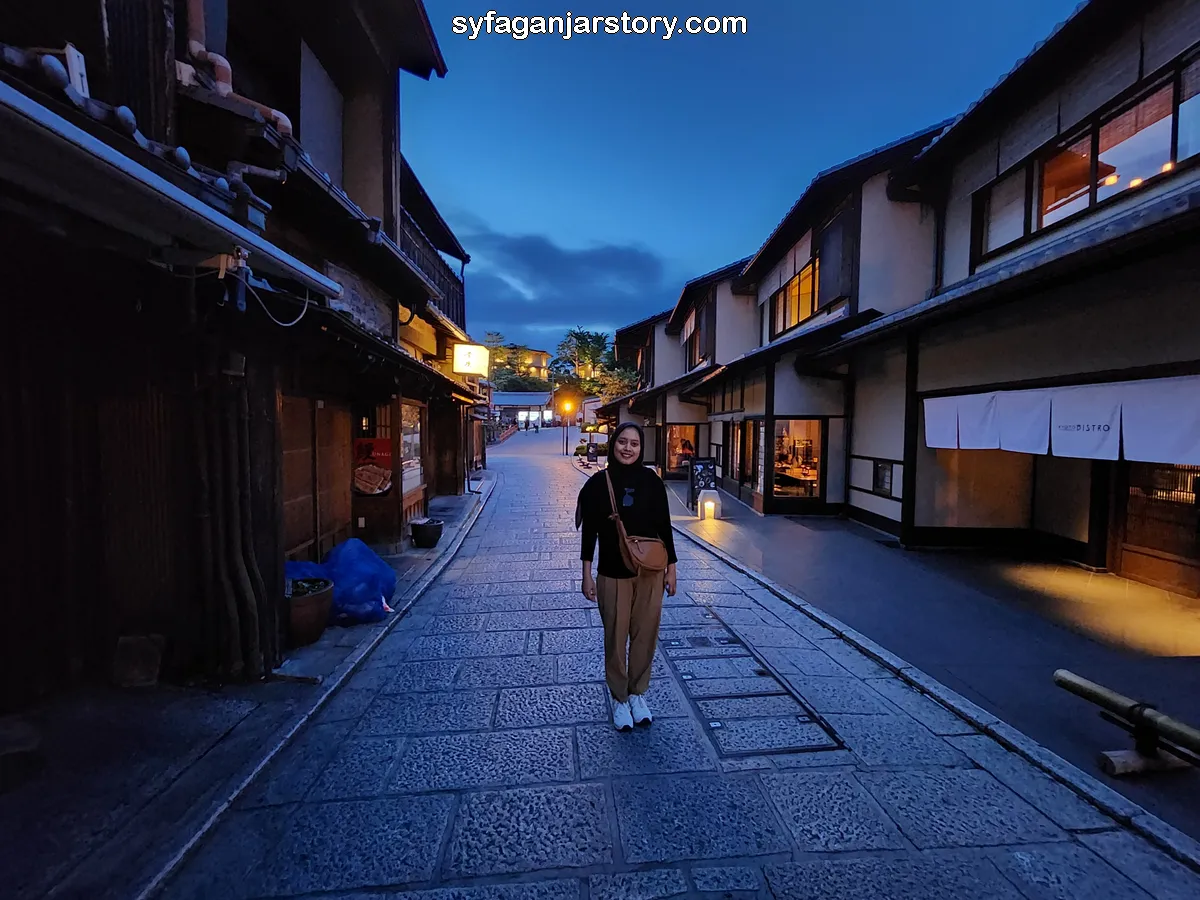
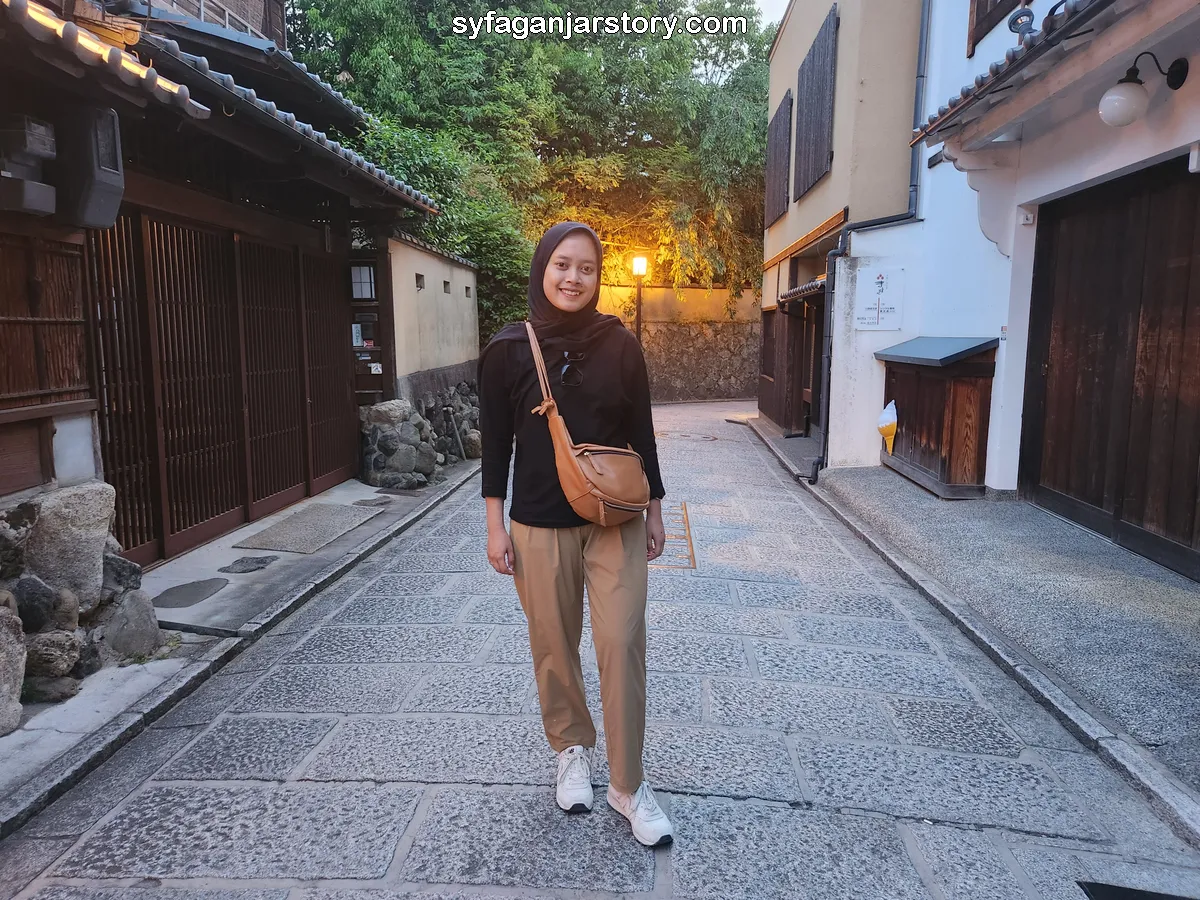
The neighborhood houses maintain their classic, traditional Kyoto architecture, with modern intrusions like electricity and telephone cables cleverly concealed to preserve the street's historic charm.
So, that concludes our trip to Kyoto and Nara in Japan. Have you visited any of these places? Or maybe there's one on your travel wishlist?
